Molecular perspective for electro-excitation of nanocrystal emitters
Published in Electrical & Electronic Engineering

The past decade has witnessed remarkable progress on the performance of quantum-dot light-emitting diodes (QD-LEDs), which offer a promising solution for the next-generation display technology. Here in Zhejiang University, we are committed to addressing the fundamental challenges on the way of developing QD-LEDs that meet practical standards.
In the past several years, we realized that borrowing the theories developed for bulk semiconductors to understand the operation of QD-LEDs often does not work. At the fundamental level, QD-LED has its own characteristics. As scientists bridging the two fields of nanocrystal emitters and semiconductor devices, we are interested in revealing the uniqueness of the QD-LEDs.
The emissive species of QD-LEDs is governed by electrically-generated excitons (bound electron-hole pairs) in QDs. The first question we ask ourselves is how a single exciton is electrically generated in a single QD. To answer this question, we need 1) a new model device that generates single excitons in a single QD and 2) a new methodology that allows us to observe the detailed processes for single-exciton generation.
In 2017, we developed a new device structure to realize single-QD EL (Nat. Commun. 2017: 8, 1132). The key is to sparsely disperse isolated QDs in an insulating layer that is sandwiched between electron-transport and hole-transport layers. The device structure offers efficient single-dot EL with single-photon purity at room temperature, providing an unprecedented model system for investigating the electrical excitation of QDs.
In 2018, motivated by the conventional “pump-probe” technique widely used in the time-resolved spectroscopy and the well-defined photoluminescent properties of our red QDs, we considered to “probe” the operating single-QD EL device, i.e., a single QD under electrical pumping, by in-situ PL spectroscopy.
This idea eventually led to the methodology of electrically-pumped single-nanocrystal spectroscopy developed in our recent work. By analyzing transient photoluminescence of the single QD under constant electrical injection, we quantitatively revealed the dynamics of single-QD EL cycle. The molecular picture for electrical excitation of QDs is that exciton generation in single QD is initiated by the injection of one electron, and followed by the injection of one hole. We further verified that this nanoscopic mechanism is valid to interpret exciton generation processes in state-of-the-art red QLEDs. The sequential electron-hole injection mechanism is enabled by confinement-enhanced Coulomb effects in the individual nanocrystal. Hence, our work highlights an intrinsic advantage of QD in EL applications.

We believe that this molecular interpretation on exciton generation shall be insightful for the on-going investigation of energy-loss and degradation mechanisms in QD-LEDs. Moreover, the methodology of electrically-pumped single-nanocrystal spectroscopy could be extended to other material systems, such as perovskite nanocrystals and InP-based QDs.
For more details, please see our paper “Deciphering exciton-generation processes in quantum-dot electroluminescence” in Nature Communications.
Follow the Topic
-
Nature Communications

An open access, multidisciplinary journal dedicated to publishing high-quality research in all areas of the biological, health, physical, chemical and Earth sciences.
Related Collections
With Collections, you can get published faster and increase your visibility.
Women's Health
Publishing Model: Hybrid
Deadline: Ongoing
Advances in neurodegenerative diseases
Publishing Model: Hybrid
Deadline: Dec 24, 2025

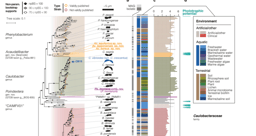
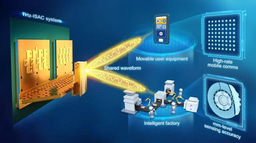
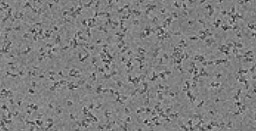
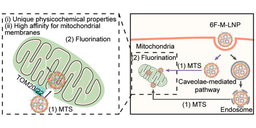
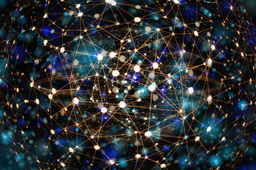
Please sign in or register for FREE
If you are a registered user on Research Communities by Springer Nature, please sign in